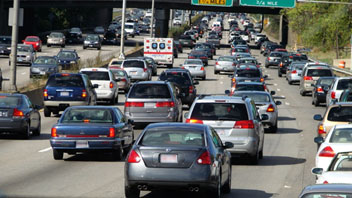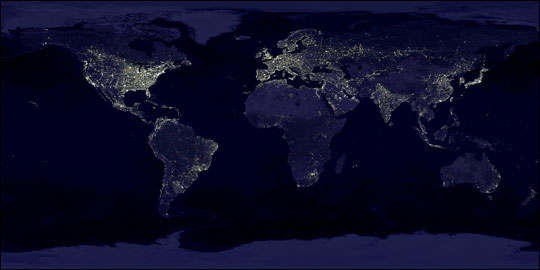

When you think of transportation, what comes to mind? Is it the school bus that you ride each morning? Maybe it is the car or SUV that someone you know owns. Maybe images of various modes of public transportation come to mind. The possibilities are numerous because the modes of transportation have increased greatly over time.
Transportation is the movement of people and goods from one location to another. Modes of transportation include air, rail, road, water, cable, pipeline, and space. In order for transportation to function properly as a system, the proper infrastructure needs to be in place.
Transportation infrastructures consist of necessary connections such as roads, railways, airways, waterways, and seaports. Canals and pipelines are also considered infrastructure in the transportation of liquids or gases. Terminals in places such as airports, railway stations, bus stations, and warehouses are used for both the interchange of passengers and cargo and for maintenance. Vehicles traveling these networks may include automobiles, bicycles, buses, trains, trucks, people, helicopters, and aircraft.
To move transportation systems along, there is another component that impacts the flow and ease of transportation. That component is energy.

Source: Map, Earth_Lights, NASA
The image above is of Earth’s city lights. The lights represent areas that are the most urbanized but not necessarily the most populated. The areas near coastlines and transportation networks tend to be most populated and shine brightly on the map.
Why do you think the areas with transportation networks are more populated? What do the lights and their brightness represent? The lights, in part, represent the amount of varied energy used in these areas.
Energy is important in everything we do; it is the ability to do work. The law of the conservation of energy states that energy cannot be created or destroyed, only transformed from one form to another. Work happens when you move something from one place to another. There are many types of energy; here are a few types: electrical, mechanical, and thermal.
Electrial energy
Electrical energy is produced by the movement of electrically charged particles. Lightning is an example of natural electrical energy. Different sources of energy such as generators and engines are used to create electricity.Mechanical energy
Mechanical energy is the most familiar form of energy. It is energy resulting from motion. Mechanical energy can be found in every moving object. Mechanical energy pulls, pushes, and turns. Mechanical energy is used to do work.Thermal energy
Thermal energy is the energy of moving atoms and molecules. Thermal energy is used to cook food, heat homes, and generate electricity.
In this lesson, you will examine information about transportation and energy and the relationship between the two. You will have the opportunity to evaluate the significance of the modification of the physical environment as a result of transportation and energy.